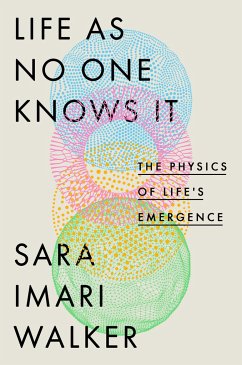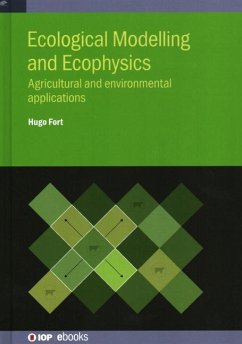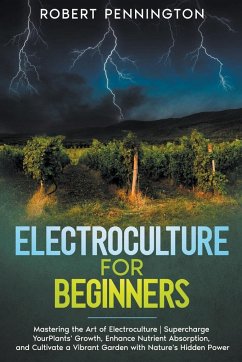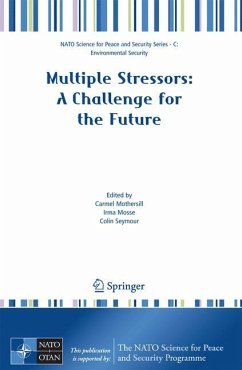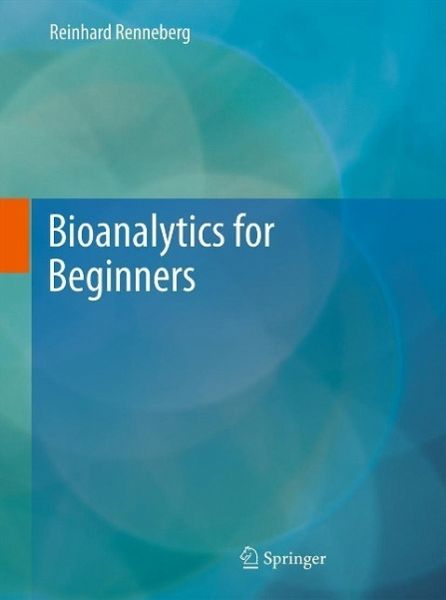
Bioanalytics for Beginners
Versandkostenfrei!
Nicht lieferbar
Modeled in its aims and graphic presentation on the supremely successful manual Biotechnology for Beginners, this book is angled at students and higher-education instructors of medicine, biotechnology, biochemistry, chemistry and the ecological sciences; medical technologists; lab technicians; biology and chemistry teachers; and readers of Scientific American looking for a readily understandable introduction to biological analysis methods and their applications.Largely speaking, it deals with bioanalytic facts, examining the way they interconnect and the background knowledge required to unders...
Modeled in its aims and graphic presentation on the supremely successful manual Biotechnology for Beginners, this book is angled at students and higher-education instructors of medicine, biotechnology, biochemistry, chemistry and the ecological sciences; medical technologists; lab technicians; biology and chemistry teachers; and readers of Scientific American looking for a readily understandable introduction to biological analysis methods and their applications.
Largely speaking, it deals with bioanalytic facts, examining the way they interconnect and the background knowledge required to understand them, yet it also discusses the economic and ethical pros and cons involved. The text is easy to read and strongly geared to teaching the subject. Further, the wide range of pictorial features makes it especially interesting and entertaining. The layout is based on that of Biotechnology for Beginners. This manual is an excellent preparation for the Spektrum book on bioanalysis as well as the experimentation volumes from the same publisher.
Largely speaking, it deals with bioanalytic facts, examining the way they interconnect and the background knowledge required to understand them, yet it also discusses the economic and ethical pros and cons involved. The text is easy to read and strongly geared to teaching the subject. Further, the wide range of pictorial features makes it especially interesting and entertaining. The layout is based on that of Biotechnology for Beginners. This manual is an excellent preparation for the Spektrum book on bioanalysis as well as the experimentation volumes from the same publisher.




